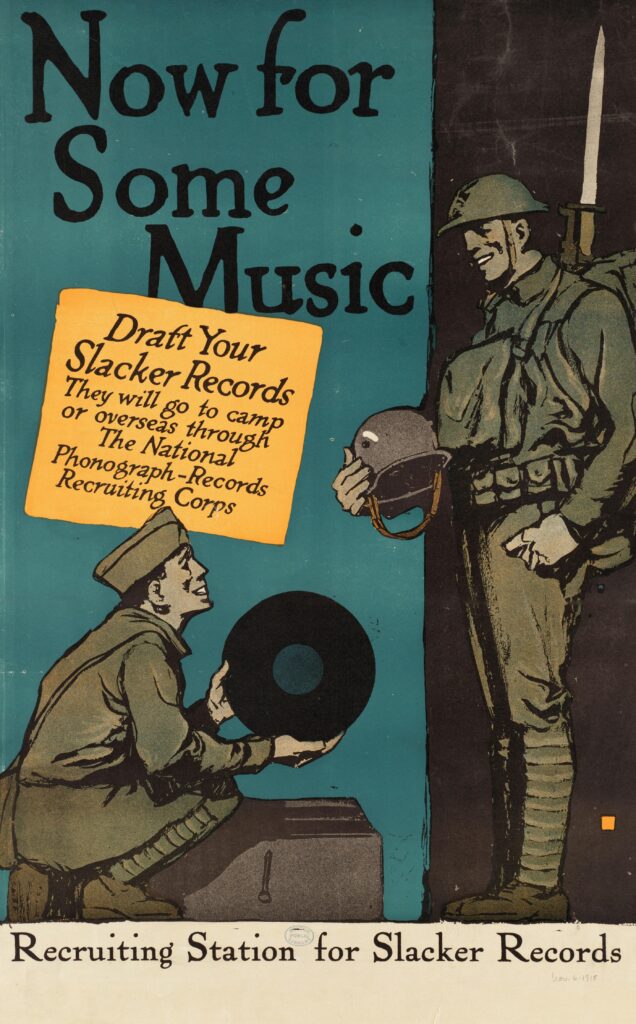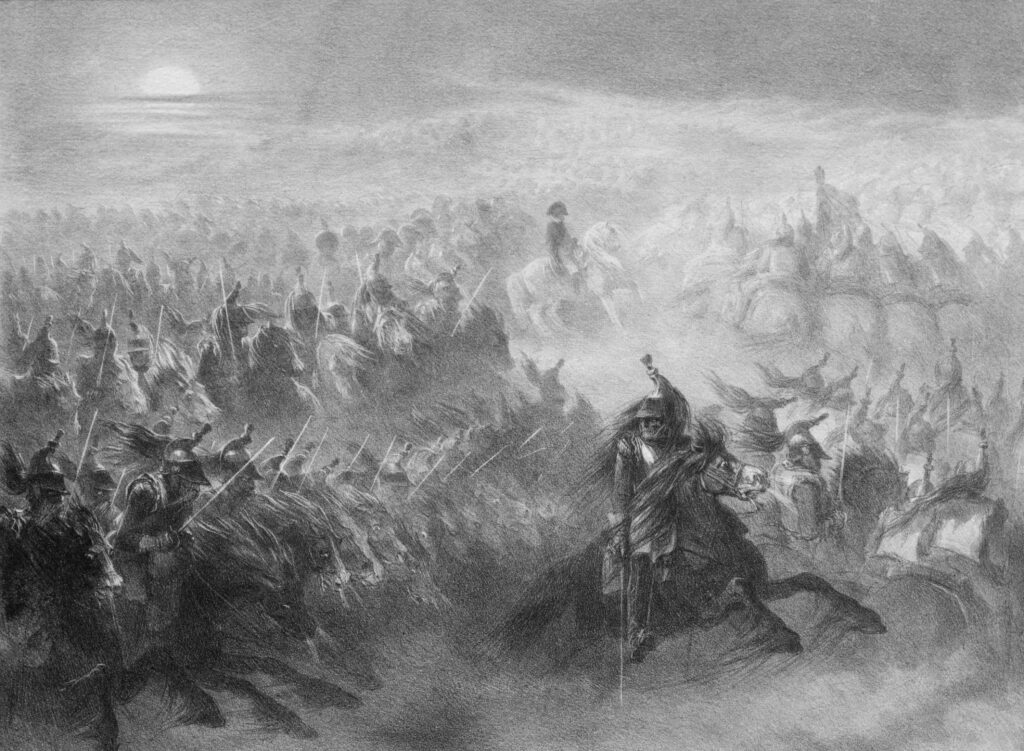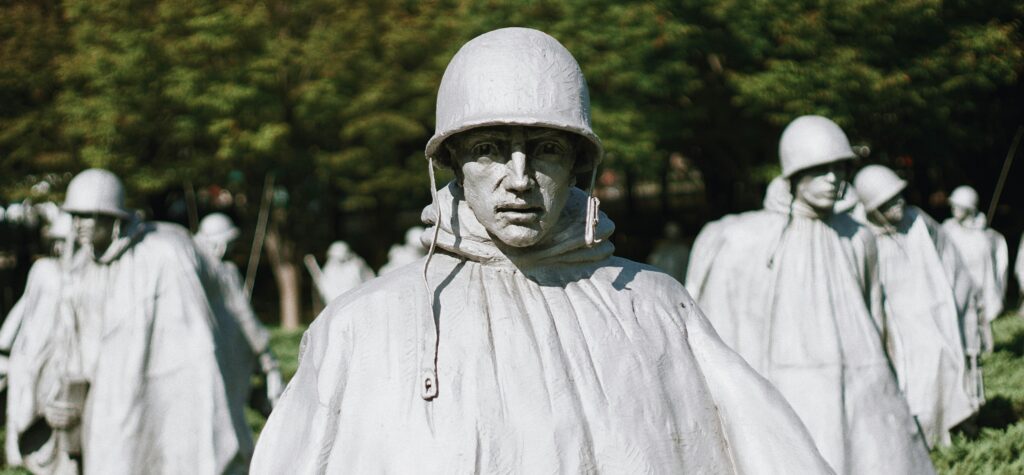The Battle of Hastings in 1066 stands as one of the most pivotal moments in English history—a clash that did far more than determine who wore the crown. When William the Conqueror and his Norman forces triumphed over King Harold II, they set in motion profound changes that reshaped England’s political landscape, culture, language, and social structures for centuries to come. In this article, we’ll explore how the Norman victory at Hastings didn’t just alter the course of a single battle but fundamentally transformed the identity of England forever.
Table of Contents
- The Strategic Brilliance Behind the Norman Victory
- Transformations in English Governance and Feudal System
- Cultural and Linguistic Legacy of Norman Rule
- Lessons from Hastings for Modern Leadership and Conflict Management
- Final Thoughts
The Strategic Brilliance Behind the Norman Victory
At the heart of the Norman triumph lay a masterclass in military strategy and battlefield innovation. William the Conqueror’s ability to adapt swiftly to the evolving dynamics of the fight was crucial. When Harold’s troops formed the famed shield wall on the ridgeline, the Normans initially struggled; yet William’s patience and tactical ingenuity soon turned the tide. Employing feigned retreats—a pioneering ruse in European warfare—Norman cavalry lured parts of the English forces into breaking their defensive formation. This moment of vulnerability gave William’s men the upper hand, allowing them to penetrate Harold’s ranks with devastating effect.
Additionally, the Normans combined their strengths in a seamless mixed-arms approach that set them apart from their adversaries. Key elements included:
- Archers: Softening enemy lines with volleys of arrows before the main assault.
- Infantry: Holding critical positions and engaging in close combat.
- Cavalry: Exploiting breakthroughs and executing swift charges to disrupt enemy cohesion.
This orchestration not only displayed William’s command acumen but also heralded a new era in medieval warfare, where versatility and coordination were paramount. The Battle of Hastings was not just a clash of armies but a testament to strategic foresight that reshaped England’s destiny.
Transformations in English Governance and Feudal System
The Norman conquest initiated a seismic shift in how power was structured and exercised across England. Almost overnight, William the Conqueror dismantled the existing Anglo-Saxon nobility, redistributing land to his Norman followers and creating a tightly knit network of loyalty anchored directly to the Crown. This reorganization was much more than a mere change of rulers; it fundamentally transformed the nation’s political landscape by introducing a centralized feudal hierarchy. The king emerged as the ultimate landholder, with barons and knights holding estates under explicit obligations of service, including military support, cementing royal authority in ways previously unseen.
In addition to restructuring land ownership, the Normans codified governance practices that improved administrative efficiency and control. They implemented a system of feudal dues and obligations, which formalized relationships between lords and vassals, creating a clear chain of command and responsibility. Other revolutionary changes included the establishment of the Domesday Book, a comprehensive survey that allowed for effective taxation and resource management, and the introduction of Norman law, which blended with existing Anglo-Saxon customs to lay the groundwork for English common law. Key elements of this transformation included:
- Creation of new feudal titles and redistribution of estates among Norman elites
- Formal military obligations tied to land tenure
- Strengthening of royal courts and the legal system
- Introduction of castles as both military and administrative centers
Cultural and Linguistic Legacy of Norman Rule
The Norman conquest did more than just redraw political borders; it wove a rich tapestry of cultural and linguistic transformation that shaped England’s identity for centuries. Old English, the language of the Anglo-Saxons, was gradually infused with Norman French, hereafter becoming the cornerstone of Middle English. This melding birthed a unique lexicon that still influences modern English today. The blending extended beyond language, bringing Norman customs, legal practices, and aristocratic traditions that realigned societal structures and daily life. Many English words related to law, governance, art, and cuisine have their origins in Norman French — a testament to this cultural symbiosis.
The cultural legacy of Norman rule is also evident in the architectural landscape and literary heritage. Magnificent Romanesque cathedrals and castles, characterized by their rounded arches and robust stone construction, replaced simpler Anglo-Saxon wooden structures, symbolizing the new ruling power’s permanence and grandeur. Additionally, the Normans fostered an environment where scribes and chroniclers documented history with newfound rigor, increasing the preservation of English heritage. Among the key influences were:
- Law and administration: Introduction of the feudal system and the Domesday Book
- Language: Incorporation of thousands of Norman French terms into everyday English
- Architecture: Emergence of castles and cathedrals that remain iconic landmarks
- Education and literature: Growth of monastic schools and promotion of written records
This fusion initiated by the Normans set England on a trajectory toward a vibrant, dynamic medieval culture that profoundly shaped its future.
Lessons from Hastings for Modern Leadership and Conflict Management
The Battle of Hastings offers timeless strategies for leadership in high-stakes situations, demonstrating the power of adaptability and decisive action. William the Conqueror’s victory wasn’t solely a result of brute force but a keen ability to read the battlefield and adjust tactics swiftly. Modern leaders can learn from his example by embracing flexibility, anticipating opposition moves, and mobilizing resources efficiently. In dealing with conflict, whether in corporate environments or geopolitical arenas, the importance of clear communication and maintaining morale under pressure remains paramount. Just as Norman forces sustained their resolve after hours of combat, contemporary teams thrive when leaders inspire perseverance and strategic focus.
Moreover, the aftermath of Hastings underscores the value of integrating diverse cultures and ideas for long-term success rather than simply overpowering opposition. William’s approach to governance—gradually incorporating English customs and nobility—illustrates an enlightened way to manage conflict post-resolution by fostering inclusion and shared goals. Key takeaways include:
- Strategic patience: Understanding that victory extends beyond the battlefield to winning hearts and minds.
- Collaborative leadership: Engaging allies to build lasting coalitions rather than isolated dominance.
- Innovative problem-solving: Using new technologies and ideas, like the Norman cavalry tactics, to overcome traditional obstacles.
Final Thoughts
The Battle of Hastings was more than just a pivotal conflict—it was a turning point that reshaped England’s identity, governance, and culture for centuries to come. The Norman conquest introduced new systems of law, language, and land ownership that laid the foundation for the modern English state. Understanding this transformative moment reminds us how a single battle can alter the course of history and influence not only a nation but the world beyond. As we reflect on the legacy of Hastings, it’s clear that the echoes of Norman influence continue to resonate in England’s institutions and heritage today.













